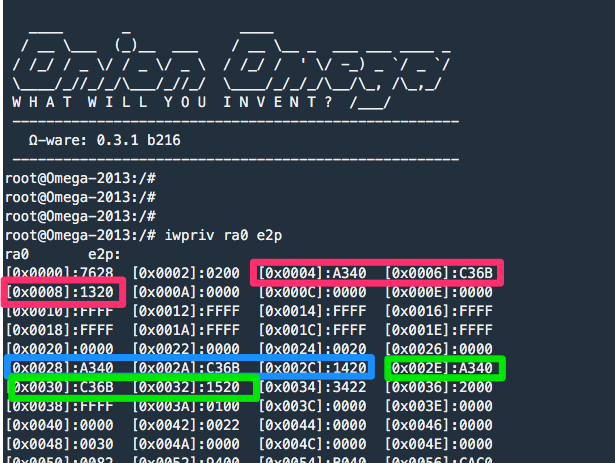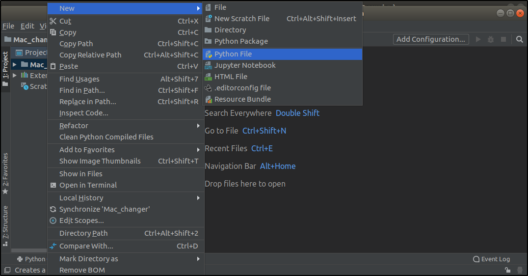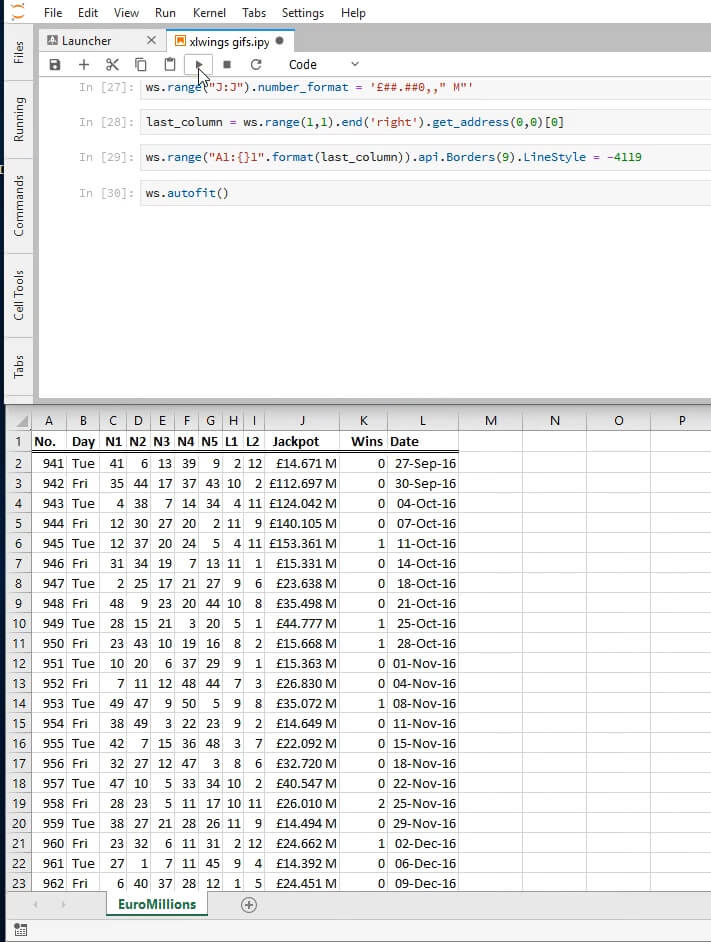

Static PyObject *MyFunctionWithKeywords(PyObject *self, Static PyObject *MyFunction( PyObject *self, PyObject *args ) The signatures of the C implementation of your functions always takes one of the following three forms − You need to follow the includes with the functions you want to call from Python. Make sure to include Python.h before any other headers you might need. You need include Python.h header file in your C source file, which gives you access to the internal Python API used to hook your module into the interpreter. The C functions you want to expose as the interface from your module.Ī table mapping the names of your functions as Python developers see them to C functions inside the extension module.
#Python mac address to int code#
First look at a Python Extensionįor your first look at a Python extension module, you need to group your code into four part −
#Python mac address to int windows#
Windows users get these headers as part of the package when they use the binary Python installer.Īdditionally, it is assumed that you have good knowledge of C or C++ to write any Python Extension using C programming. On Unix machines, this usually requires installing a developer-specific package such as python2.5-dev. To start writing your extension, you are going to need the Python header files. On Unix machines, these libraries usually end in. This code is considered as an "extension."Ī Python extension module is nothing more than a normal C library. Python 3.3 added a ipaddress module this module does not however include a utility to generate an IPv6 address from a given MAC address.Any code that you write using any compiled language like C, C++, or Java can be integrated or imported into another Python script. Sometimes you can express an algorithm in a very concise and readable way, but avoid code-golfing for the sake of compactness. In Python, we usually don't strive for shorter code we aim for readable code. I followed the PEP 8 whitespace recommendations to format the code here whitespace around operators and after commas, for example. # XOR the most significant byte with 0x02, inverting the # Split out the bytes that slot into the IPv6 address # Remove the most common delimiters dots, dashes, etc. In this case, I'd actually split out the various bytes of the MAC address binary value that make up the IPv6 parts, and use str.format() to interpolate those into the IPv6 string.

Use the format() function instead, as it gives you much more control over the output.įor example, format(value, '012x') formats the integer value to a 12-digit hexadecimal (using lowercase digits), padding out the result to the minimum width with leading zeros as needed: > mac_value = 0x237702d2ff9b Note that the purpose of the hex() function is to produce a hexadecimal integer literal (a string that can be used in Python source code), which is why it returns a hex value with the 0x prefix. # Remove/slice the '0x' off the begining from using hex(). # use xor of 02 on the 2nd most significant hex char. # cast the hex string to an base-16 int for math safety. # remove the most common macaddr delimiters, dots, dashes, etc. #!/usr/bin/pythonĬonvert mac addr to ipv6 link local (rfc 4862)

I'm using python 2.7, but my Linux distro is soon to switch to 3.x.


 0 kommentar(er)
0 kommentar(er)
